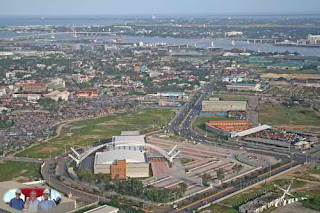 |
| The Skyscrapers in Cebu City |
The New Queen City of the South boasts of famed Cebuano hospitality and faith, reputable economic activity, competitive administration and renowned scenic spots.
You have come to the right place to know more about Cebu City: its rich cultural history and landmarks; the downtown tourism opportunities that have amazed tourists and locales alike; and its thriving trade and industry through its various businesses.
 |
| Cebu City Aerial View |
The news section keeps you updated with City Hall and Barangay activities, job openings, and notices to taxpayers. Our photo gallery showcases highlights, milestones and other imagery that promotes the city as a whole. For a more convenient service, you can also download business permit application forms and building permit application forms.
Behind the success of the city is our organized governance that keeps it up and running, offering sensible services that have alleviated the lives of its constituents and services that aided the city to prosperity and efficiency.
Location: Website: http://www.cebucity.gov.ph
MONIKER/NICKNAME:
"The New Queen City of the South"
"The Gateway To A Thousand Journeys"
AWARDS & CITATIONS:
MORE OF THE CITY LINKS HERE:
@ http://totallycebu.com/
MORE PICTURES HERE:
===================================================================================




















































